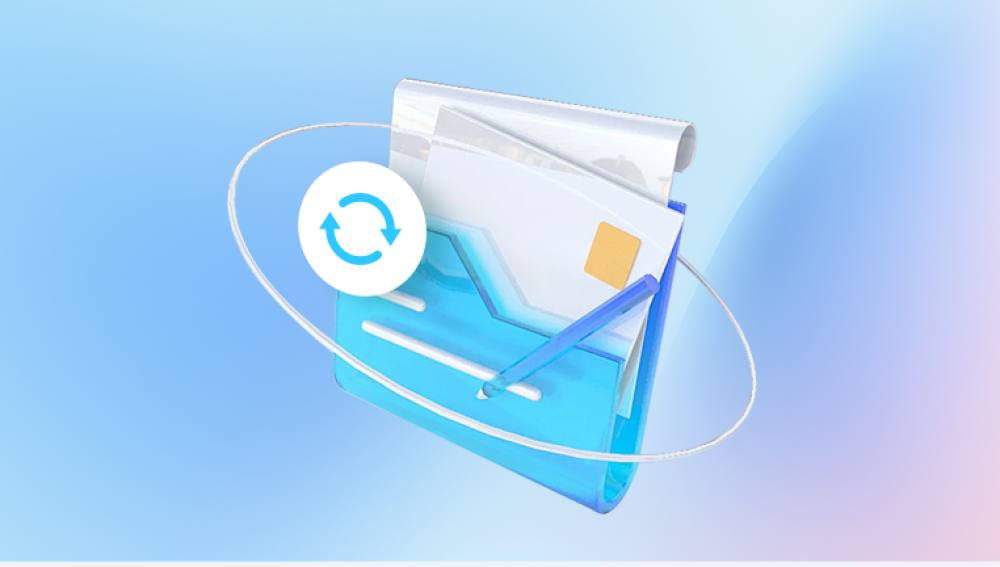Losing precious photos can be an emotional experience. Whether due to accidental deletion, a formatting error, or hardware failure, many individuals wonder if there's a way to recover those lost memories.
Before diving into recovery methods, it’s essential to understand how data deletion works. When you delete a photo from your device, it doesn't disappear immediately. Instead, the system marks the space occupied by the file as available for new data, which means the actual data remains on the device until it is overwritten by new files. This is why recovery is often possible shortly after deletion.
Types of Deletion
Soft Delete: This occurs when you move a file to the recycle bin or trash. In this state, it can be easily restored.
Hard Delete: This happens when you delete a file directly without sending it to the recycle bin or when you empty the bin. In this case, the file is marked for deletion but remains on the storage medium until overwritten.
Format Deletion: Formatting a device typically wipes all data, but in many cases, the data can still be recovered using specialized tools until it is overwritten.
Corruption: Sometimes, files become inaccessible due to corruption of the storage device or file system. In such cases, recovery may be possible, depending on the extent of the damage.

Methods for Recovering Deleted Photos
1. Check the Recycle Bin or Trash
The first step in photo recovery is to check your device’s recycle bin (Windows) or trash (Mac). If the deleted photos are there, restoring them is straightforward:
Windows: Open the Recycle Bin, locate the deleted photo, right-click, and select "Restore."
Mac: Open the Trash, find the photo, right-click, and select "Put Back."
2. Use File Recovery Software
Enter Panda Assistant, a powerful data recovery software designed to help users effortlessly recover lost or deleted files from various storage devices. With its intuitive interface and robust features, Panda Assistant is the ideal solution for both novices and experienced users alike.
Key Features
Comprehensive Recovery: Panda Assistant supports a wide range of file types, including documents, photos, videos, and more. Whether you’re dealing with a USB drive, SD card, or external hard drive, this software can effectively restore your valuable files.
User-Friendly Interface: The software boasts a clean and easy-to-navigate interface, making it accessible for users of all skill levels. With just a few clicks, you can initiate a scan and start the recovery process.
Deep Scan Capability: Panda Assistant employs advanced scanning algorithms that allow it to perform thorough searches on storage devices. This deep scanning capability ensures that even files that have been partially overwritten can still be recovered.
Preview Before Recovery: One of the standout features of Panda Assistant is its preview function. Before you decide to recover files, you can view them to ensure you are restoring the correct documents or images.
Fast and Efficient: Time is often of the essence when recovering lost data. Panda Assistant is designed for speed, minimizing wait times without compromising recovery quality.
Safe and Secure: Data security is paramount, and Panda Assistant prioritizes user privacy. The software operates without compromising the integrity of your data, ensuring a safe recovery process.
3. Restore from Backups
If you regularly back up your device, restoring deleted photos from a backup is one of the easiest methods. Here’s how to do it for various systems:
Windows: If you use Windows Backup, open the backup utility, navigate to the photos section, and restore the files you need.
Mac: If you use Time Machine, connect your backup drive, enter Time Machine, and locate the deleted photos to restore.
Cloud Services: If you use cloud services like Google Photos, Dropbox, or OneDrive, check the trash or deleted files section to recover deleted images.
4. Recover from Memory Cards or External Devices
If the deleted photos were stored on a memory card or external device, you could still recover them using software or built-in tools:
Windows: Right-click on the memory card in File Explorer, select "Properties," then click on the "Previous Versions" tab to see if you can restore a previous version of the files.
Mac: Similar to internal recovery, you can use Time Machine if your external drive was included in the backup.
5. Seek Professional Data Recovery Services
If the above methods fail, consider professional data recovery services. These services can often retrieve data from damaged or corrupted drives where consumer software might not succeed. However, these services can be expensive, so weigh the value of the lost data against the potential costs.
How to Choose a Recovery Service:
Reputation: Look for reviews and ratings online.
Specialization: Ensure they specialize in photo recovery.
Success Rate: Inquire about their success rate for similar recoveries.
No Data, No Fee: Some services offer a policy where you only pay if they successfully recover your data.
Preventing Future Data Loss
While recovery methods can often succeed, it’s best to take preventive measures to minimize the risk of losing important photos in the first place.
1. Regular Backups
Implement a consistent backup strategy. Use external hard drives, cloud services, or both to keep copies of your photos. Automated backup systems can ease the burden of remembering to back up your data.
2. Use Reliable Storage Devices
Invest in high-quality memory cards and external drives. Low-quality storage devices are more prone to corruption and data loss.
3. Safe Deletion Practices
Be cautious when deleting files. Always double-check what you’re deleting, and consider using a dedicated file recovery tool to make it easier to recover files if needed.
4. Monitor Storage Health
Regularly check the health of your storage devices. Tools like CrystalDiskInfo can provide insight into your hard drive's status, allowing you to replace failing drives before they lead to data loss.
5. Avoid Using a Full Storage Device
When a storage device is nearly full, it becomes more prone to errors. Aim to keep at least 20% of the storage free to minimize the risk of data loss.
6. Use Antivirus Software
Protect your devices from malware and viruses that can corrupt or delete files. Regularly update your antivirus software to defend against the latest threats.
7. Secure Cloud Storage
Choose reputable cloud storage services that offer encryption and strong security measures. Always enable two-factor authentication for added protection.




